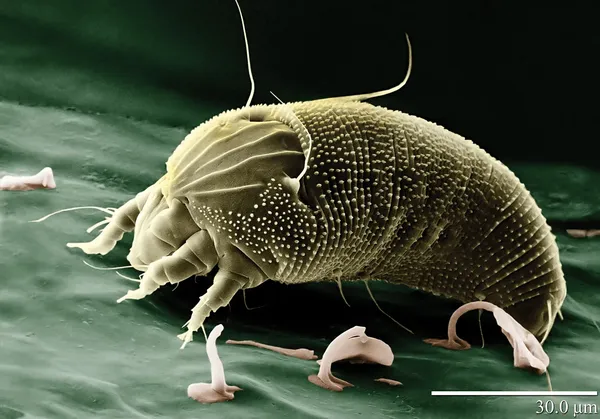Ear Mites in Sheep

Symptoms and Diagnosis of Ear Mites 🩺
Ear mites, specifically Psoroptes cuniculi, can be found deep within the ears of sheep. They might not always show obvious signs, but when they do, you might notice:
- Violent head shaking and ear rubbing
- Aural hematomas (swelling in the ear)
- Excoriation and wounding of the ear and ear base
- In lambs, plaques of scab (often bloody) on the external ear cleft
To diagnose ear mites, it's important to examine the sheep's ears closely. In some cases, mites can be seen with the naked eye, but a microscope might be needed for confirmation.
Treatment of Ear Mites 💊
Treating ear mites involves using appropriate acaricides. Here are some common treatments:
- Ivermectin: Administered as two injections 7 days apart. It's crucial to move sheep to clean pasture after the first injection to prevent reinfection.
- Doramectin: A single injection is usually effective, and it persists for up to 14 days.
- Moxidectin: Available in 1% and 2% formulations, with varying injection schedules for treatment and prevention.
Always consult with a veterinarian to ensure the correct treatment and dosage for your flock.
Prevention of Ear Mites 🛡️
Prevention is always better than cure! Here are some tips to keep ear mites at bay:
- Regularly inspect your sheep for signs of mites, especially during the winter months when infestations are more common.
- Maintain good hygiene and clean living conditions for your flock.
- Isolate new or returning sheep for at least 3 weeks before introducing them to the main flock.
- Ensure effective fencing to prevent contact with neighboring sheep that might be infested.
By following these steps, you can help ensure your sheep remain mite-free and comfortable!
Remember, a happy sheep is a productive sheep! 🐏 If you have any concerns or suspect an infestation, don't hesitate to contact your veterinarian for advice.

